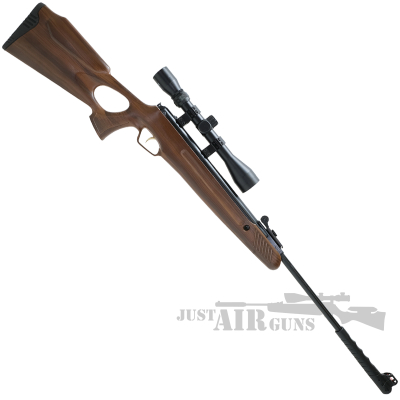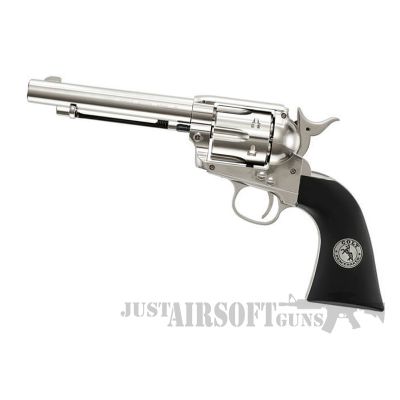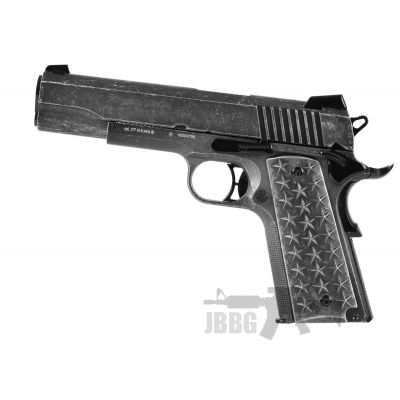Airguns or Air Guns, with free shipping – welcome to your premier destination for Airguns in the USA. Whether you’re a seasoned shooter or just starting, we offer an extensive range of Air Rifles and Air Pistols, plus accessories to meet all your shooting needs.
AIRGUNS
Based in the heart of Dallas, Texas – we pride ourselves on providing exceptional products from trusted brands and unmatched customer service. Our selection is carefully curated to ensure you find the perfect Air Gun for hunting, target shooting, or simply enjoying recreational activities. Explore our site to discover our latest offerings, and don’t hesitate to reach out if you need any assistance.
ABOUT AIRGUNS
Airguns, or Air Guns, use compressed air to propel projectiles such as pellets, BBs, or darts. Unlike traditional firearms that rely on explosive gunpowder, Airguns operate through pneumatic mechanisms. Airguns have evolved significantly with modern materials and technology, offering various models for different purposes, from recreational shooting to competition and hunting.
PCP AIRGUNS
Air Guns are a popular choice for hunting, target shooting, pest control, and just having fun with recreational shooting. Air rifles come in different calibers, with 4.5 (.177) and 5.5 (.22) being the most common. The 4.5 (.177) caliber is great for target shooting because it’s fast and has a flat trajectory, while the 5.5 (.22) caliber packs more punch, making it ideal for small game hunting and pest control.
CO2 AIR GUNS
Air Guns such as Air Pistols are designed for shooting projectiles using compressed air rather than a traditional firearm’s explosive force. They’re used for various activities such as target shooting, plinking, and even competitive sports. CO2 Air Pistols fire 4.5 (.177) Steel BBs and Airgun Pellets. Air pistols are also used for gun and safety training as they are much safer than real steel firearms.
AIRGUNS FOR SALE
You’ve come to the right place if you’re looking for Airguns for sale in the US. We proudly offer the largest selection of Air Guns and Accessories. Our ever-expanding product range now boasts the largest online selection of guns. Whatever your needs, whether it’s for a hobby, sport, target shooting, plinking or collecting, we have the best Airguns for you.
NEW TO AIRGUNS
Determining the best Airguns can vary based on personal preferences, intended use (plinking, hunting, competitive shooting), budget, and individual shooting style. However, certain guns consistently receive high praise from shooters for their performance, reliability, and overall quality. You can find these excellent Airguns in our bundle offer section, making them even more budget-friendly for beginners.
ABOUT AIRGUNS
Airguns or Air Guns are firearms that use compressed air or other gases (rather than gunpowder) to propel projectiles. They are often used for target shooting, small game hunting, pest control, and sometimes in competitive shooting sports. Airguns come in various types, each with different mechanisms for generating the required air pressure. Here’s an overview of the common types and how they work:
TYPES OF AIR GUNS
- Spring-Piston Airguns:
- These air guns use a spring-loaded piston to compress air. When the trigger is pulled, the piston is released, compressing the air behind the pellet, propelling it forward.
- Example: Hatsan Mod 125, Hatsan Mod 135.
- Advantages: Simple mechanism, consistent power.
- Disadvantages: Can have noticeable recoil, and requires cocking effort.
- Gas Ram or Gas Piston Airguns:
- Similar to spring-piston guns but use a gas-filled cylinder instead of a metal spring. When cocked, the gas is compressed, and on firing, the gas expands to propel the pellet.
- Advantages: Smoother shooting cycle, less wear over time, quieter.
- Disadvantages: Typically more expensive than spring-piston models.
- Pre-Charged Pneumatic (PCP) Airguns:
- These airguns have an onboard air reservoir that is filled with high-pressure air. When the trigger is pulled, a small valve releases some of the compressed air to propel the pellet.
- Advantages: No recoil, very powerful, can achieve high velocity, multi-shot capability.
- Disadvantages: Requires an external air source like a pump or scuba tank.
- CO2 Airguns:
- These airguns use CO2 cartridges to propel the pellet. The CO2 is released in controlled amounts to push the projectile.
- Advantages: Very easy to use, semi-automatic firing is possible, no need for cocking.
- Disadvantages: Performance can vary with temperature; CO2 costs can add up.
- Multi-Pump Pneumatic Airguns:
- In this type, the shooter manually pumps air into a chamber before each shot. The number of pumps controls the power.
- Advantages: Adjustable power, no need for external air tanks or CO2 cartridges.
- Disadvantages: Requires effort to pump multiple times for maximum power.
- Single-Stroke Pneumatic Airguns:
- These airguns need just one stroke of a lever to compress the air for each shot.
- Advantages: Low recoil, no need for external gas or cartridges.
- Disadvantages: Limited power compared to multi-pump or PCP models.
AIRGUN AMMUNITION
- Pellets: Most Air Guns shoot pellets, typically made from lead or other metals. Pellets come in various shapes (domed, wadcutter, hollow point) depending on the intended use (target shooting, hunting, etc.).
- BBs: Some air guns fire steel BBs, often used for plinking (informal target shooting).
- Slugs: In higher-powered PCP airguns, heavy lead slugs are used for greater accuracy and distance.
USES OF AIRGUNS
- Target Shooting: Air Guns are widely used for practice and competitive target shooting due to their precision and affordability compared to firearms.
- Small Game Hunting: Powerful airguns (especially in .22 caliber or larger) are effective for hunting small game such as rabbits, squirrels, and birds.
- Pest Control: Airguns can be used to control pest species like rats, starlings, and other small animals, especially in areas where using firearms may not be practical.
ADVANTAGES OF AIRGUNS
- Cost-Effective: Ammunition and the guns themselves tend to be cheaper than firearms.
- Low Noise: Airguns are quieter than traditional firearms, making them ideal for backyard shooting or areas with noise restrictions.
- Lower Regulations: In many places, airguns are subject to fewer restrictions than firearms. However, regulations vary by country and even by region.
DISADVANTAGES OF AIR GUNS
- Limited Range: Airguns generally have a much shorter range than firearms.
- Less Stopping Power: While powerful airguns can take down small game, they are not suitable for larger animals.
If you have a specific type or brand of airgun in mind, like the Hatsan models we’ve discussed before, I can provide more detailed information on those.
AIR GUNS TRADE SALES
If you are looking for trad sales, please visit our trade website at Trimex.























